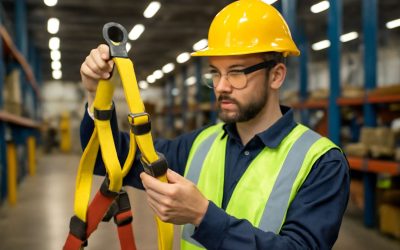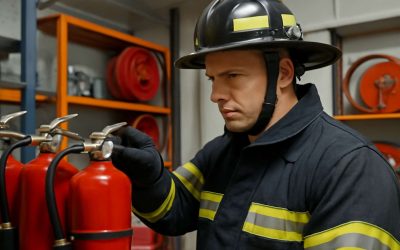
The right safety gear can help you and your team avoid serious injury on the job. Even if the equipment isn’t always practical or convenient, it can reduce the physical effects of workplace incidents and accidents. In some cases, it can also help you save money by preventing costly insurance claims.
Personal protective equipment (PPE) includes clothing, footwear, gloves, eye protection and other items that are worn to protect the body from harm on the job. It’s used in a variety of industries, including construction, mining and electrical work.
Some pieces of PPE include hard hats, which protect the head from falling objects and debris. Safety glasses or goggles protect the eyes from dust, vapors, chemicals, flying particles and radiation. Gloves are important for protecting the hands from heat, flames, toxins and chemical exposure. Some gloves offer resistance to cuts and burns, while others can prevent chemical absorption into the skin.
Other forms of PPE are breathing apparatuses and masks. Depending on the environment, these can be used to protect the lungs from airborne particulate matter or to filter dangerous chemicals out of the air. Some respirators feature an oxygen monitor and a gauge to ensure that the user is getting enough air.
Workers may need to use other forms of PPE, such as ear plugs and eye protection, depending on the environment and the type of work they are doing. For instance, a worker in a mine may need to wear a face mask to protect their face from falling debris or gases that are emitted during blasting operations.
If you are purchasing safety equipment for your employees, you should choose a supplier that offers a wide range of options to meet different needs and environments. You should also keep in mind that some types of PPE must be replaced regularly to maintain their integrity. A worn out piece of equipment is less effective and poses a greater risk for injuries.
A good PPE vendor will have a large inventory of all the necessary gear for various industries. This makes it easy to find the equipment you need for your specific business and environment. Some suppliers also provide training for how to properly use and care for equipment. They can also provide you with documentation on what regulations your industry must adhere to.
In addition to the rules and guidelines set by your company, you should follow the Occupational Safety and Health Administration’s personal protective equipment standards. This will help you decide exactly what you need to purchase for your staff. You should also read trade publications and government notices in print to stay up-to-date on new legislation covering safety equipment and processes. Doing so can ensure that the equipment you purchase meets OSHA requirements. This will ensure that you are not overpaying for items that do not deliver the proper level of protection for your workforce. It is better to spend a bit more on quality equipment than to go with cheap, low-quality options that will not provide the appropriate level of protection.



0 Comments